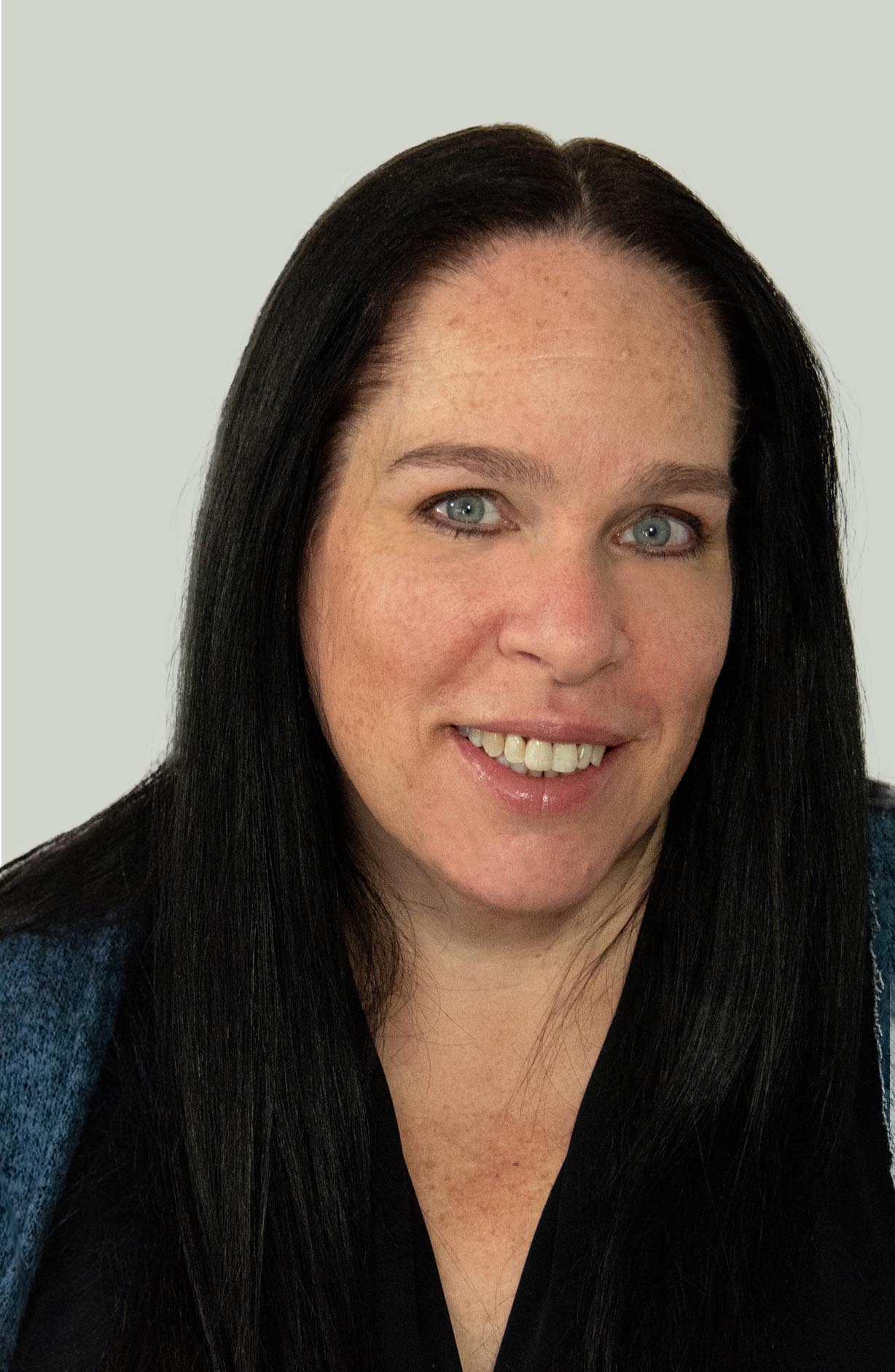How to Choose An Assisted Living Community for Your Loved One & Avoid Common Pitfalls (download as a PDF).
In our digitally connected world, it’s not uncommon to see people turning to local community groups on platforms like Facebook and NextDoor for recommendations on assisted living communities. While these online forums can be a treasure trove of personal experiences and advice, they also come with a caveat: not all recommendations are created equal. Having been in the senior care sector for nearly half a century, I’ve seen a wide spectrum of senior communities – some that are exemplary, and other assisted living communities that leave much to be desired. Don’t let your loved ones fall into the trap where profits come way ahead of the residents and staff. It often surprises me to see certain residences recommended, prompting me to wonder why people share some of these endorsements.
With a wealth of experience in navigating the nuances of senior living, I aim to arm you with the knowledge and critical questions you need to explore before choosing an assisted living community. From ensuring safety and comfort to understanding the intricacies of staffing, engagement, and healthcare coordination, this article will delve into the key criteria that make an assisted living community not just a place to live, but a place to thrive. Let’s embark on this journey to ensure that your choice is informed, fitting, and future-proof for your loved ones.
Criteria for Selecting an Assisted Living Community
Safety and Comfort:
Safety and comfort are paramount in an assisted living community. Essential features like handrails, grab bars, and zero-threshold showers can significantly reduce the risk of accidents and enhance mobility for seniors. As you walk around, keep an eye for what may be fall risks for seniors, and how easy it would be to navigate rooms if you needed a walker or wheelchair to get around. Cleanliness and regular maintenance not only ensure a pleasant living environment but also speak volumes about the facility’s commitment to residents’ well-being. Regular inspections and compliance with safety regulations are non-negotiable factors, as they ensure the community is adhering to the highest standards of senior care and safety protocols.
Staffing:
The staff-to-resident ratio is a critical determinant of the quality of care and attention each resident receives. It’s crucial that the community has enough qualified caregivers to meet the needs of all residents and that other staff get out of their office frequently to be around the residents, as well. The training and qualifications of the staff reflect the level of care they can provide, impacting everything from daily living assistance to handling medical emergencies. Moreover, staff friendliness and approachability contribute to a warm and nurturing environment, while a low staff turnover rate suggests a stable and committed workforce.
Engagement and Lifestyle:
A fulfilling lifestyle is key to the well-being of residents in an assisted living community. This includes a variety of activities that cater to diverse interests, promoting physical, mental, emotional, spiritual and social engagement. You should be able to see a well planned monthly calendar with a diversity of activities. Opportunities for residents to participate in hobbies and social events help maintain a sense of community and personal identity. The accessibility of amenities like fitness centers, spas, or communal areas plays a significant role in encouraging an active and social lifestyle among residents. It is also important to make sure that the current energy levels and mobility of the current residents match your loved one.
Dining Services:
Dining services are more than just about nutrition; they’re about enjoyment and social interaction. Quality meal options that cater to diverse palates and dietary needs are essential. Accommodations for special dietary requirements and preferences ensure that all residents can enjoy their meals and maintain a healthy diet. The overall dining experience, including the ambiance of the dining area and the social aspect of mealtimes, greatly contributes to residents’ quality of life.
Living Preferences:
Personal space in an assisted living community should feel like home. A variety of floor plans and room options allows residents to choose a living space that suits their comfort and needs. The ability for residents to personalize and decorate their spaces helps foster a sense of belonging and individuality. Ensuring that units are accessible and comfortable, especially for those with mobility challenges, is critical for promoting independence and safety.
Costs and Financial Aspects:
Transparency in pricing is fundamental to building trust and aiding decision-making. Families and potential residents need to be aware of all costs upfront, including any additional fees for extra services. Understanding financial assistance and programs like Medicare or Medicaid can also be pivotal in selecting the right community, as it affects long-term affordability and financial planning. Please be aware that most assisted living communities do not accept payment from many programs, including Medicare and Medicaid, and instead will require private pay. Long-Term-Care insurance policies may be an option, as well.
Healthcare Coordination:
Effective on-site health services and emergency care are crucial components of a reliable assisted living community. The ability to coordinate with external healthcare providers ensures comprehensive care that covers all aspects of a resident’s health needs. This coordination is particularly vital for residents with chronic conditions or those requiring regular medical attention. Is there an RN on staff 24 hours a day?
Community Atmosphere:
The overall atmosphere of the community significantly impacts the daily life and happiness of its residents. Assessing factors like resident satisfaction, availability of cultural and community events, and support for religious services and spiritual needs can give a deeper insight into the community’s quality of life. A vibrant community atmosphere where residents feel valued, engaged, and connected can make all the difference in the experience of assisted living.
Each of these criteria plays a vital role in evaluating an assisted living community. They collectively contribute to a living environment that not only meets the practical needs of seniors but also enriches their lives with joy, dignity, and a sense of community.
Red Flags to Look for When Choosing Assisted Living Communities
Lack of Safety Features or Poor Maintenance:
The absence of basic safety features like handrails and non slip surfaces is a major red flag. These are essential in preventing falls and accidents, especially for seniors with mobility issues. Similarly, poor maintenance of the facility – evident in peeling paint, unkempt gardens, or malfunctioning equipment – can be indicative of broader neglect in the community’s management. Many independent and assisted living residences in the Austin area have pools as part of their amenities, I have seen several where the lift to get into the pool has not worked for months. Such oversights not only pose physical risks but also suggest a lack of attention to the residents’ overall living experience. There are also some buildings that have a distinctive smell that indicate that you should avoid choosing this community. You will recognize it!
High Staff Turnover:
A high turnover rate among staff can signal underlying issues such as poor management, inadequate staff training, or low job satisfaction, all of which can negatively impact the quality of care provided to residents. Consistency in caregiving is crucial for building trust and familiarity between residents and staff. Frequent changes in personnel can disrupt the continuity of care and may lead to a decline in the quality of personalized attention and support that residents receive.
Limited Activity Options:
A lack of diverse and engaging activities can be a warning sign of an inadequate focus on residents’ mental and social health. Activities in assisted living communities are vital for keeping residents active, engaged, and socially connected. Limited options may indicate a lack of resources or a lack of commitment to the residents’ holistic well-being, potentially leading to issues like social isolation, boredom, and a decrease in overall life satisfaction among residents.
Pay attention to what they don’t want you to notice
While touring, oftentimes the tour leader will avoid certain areas or certain staff or residents because they don’t want you to engage with them. Try to dig into all aspects and fellow community members before making a decision.
Non-transparent Pricing:
Transparency in pricing is critical. If a community is not upfront about costs, fees, and what is included in the monthly rate, it can lead to unexpected financial burdens down the line. Hidden costs, unclear billing practices, or reluctance to discuss financial aspects in detail should raise concerns. It’s important for families and potential residents to have a clear understanding of the financial commitment they are making to avoid surprises and ensure the community is within their budget.
Each of these red flags points to potential deficiencies in the care and environment of an assisted living community. Identifying these issues early in your search can help you avoid choosing a facility that may not meet the standards of care, safety, and lifestyle that are essential for the well-being of its residents.
What Questions to Ask At an Assisting Living Community to Find the Right Fit
Questions to Ask During a Tour:
Pricing:
Understanding the full financial picture is crucial. Ask about monthly costs, including utilities, and inquire about any potential hidden fees or additional charges for extra services. Understanding the pricing structure will help you assess the affordability and value of the community.
Floor Plans:
Explore the different types of living spaces available. Ask to see various floor plans and understand the costs associated with each. This will help you determine which layouts best suit the resident’s needs and preferences.
Amenities and Services:
Investigate the communities and services provided. Check for amenities like fitness centers, spas, libraries, or communal areas and understand how these contribute to the residents’ lifestyle and well-being. Ask to have a meal during a typical meal service so that you can experience the meal as a resident would.
Programming and Activities:
Inquire about the range and frequency of activities and programs. Understand how these activities cater to diverse interests and promote social engagement and mental stimulation.
Levels of Care:
Assess the range of care services offered and how they align with the current and potential future needs of the resident. This includes understanding the support for activities of daily living, medical care, and any specialized services like memory care. Ask about the need for more care and how that process would work. For example, does the community also offer memory care and, if so, how would your loved one transition from assisted living to memory care. Would they have to change apartments/rooms? Is there a seperate area/unit they would have to now adjust to?
Caregiver Training:
Evaluate the qualifications and training of the caregiving staff. Understanding their expertise and approach to care can provide reassurance about the quality and professionalism of the services provided. Assure that staff is awake during overnights and that bed checks are performed, if needed.
Staff Friendliness and Ratio:
Observe staff interactions with residents during your tour. Inquire about the caregiver-to-resident ratio, as this can impact the level of personalized care and attention each resident receives. Also, observe how the staff interacts with you while you are on a tour. Are they friendly? Do they greet you? Do they offer to answer questions?
Community Culture:
Get a sense of the community’s atmosphere and how residents engage with each other. The overall culture of the community can significantly influence the resident’s experience and satisfaction.
Who to Ask:
Engage with Various Staff Members:
Talk to different staff members, including department heads like the executive director, nursing director, and those in charge of maintenance and food services. Each can offer unique insights into the functioning and quality of the community.
Interact with Current Residents:
Conversations with current residents can provide honest and firsthand accounts of living in the community. Ask about their experiences, satisfaction, and any advice they might have for new residents.
By asking these comprehensive questions and engaging with both staff and residents, you can gain a deeper understanding of the assisted living community and make an informed decision that best fits the needs and preferences of your loved one.
In your journey to find the ideal assisted living community, consider engaging a senior care expert, like myself, at no cost to you. As an expert, I can provide an invaluable service in assessing both the senior’s and the family’s unique needs, preferences, and concerns. With years of experience and knowledge, I can join you on tours of potential communities, acting as an advocate for your family. During these visits, I’ll ask pertinent questions and look for subtle details that might be overlooked, ensuring that every aspect of the community is scrutinized to meet your specific requirements. This collaborative approach not only alleviates the stress and uncertainty often associated with such a significant decision but also ensures that the chosen community is the best possible fit for your loved one’s lifestyle and care needs.
Caution with Senior Placement Websites
Potential Bias:
Senior placement websites often have partnerships with specific assisted living communities, which may influence their recommendations. While these websites can be a useful starting point, they might prioritize facilities that provide them with commissions, potentially skewing their suggestions towards more profitable options rather than those best suited to the senior’s needs. This potential bias means that the recommendations provided may not always be the most objective or tailored to the individual preferences and requirements of the senior.
Importance of Personal Assessment:
Despite the convenience of online resources, there’s no substitute for personal assessment when it comes to choosing an assisted living community. Each senior has unique needs, preferences, and personality traits that might not be fully captured by a standardized online recommendation. Visiting communities in person, interacting with staff and residents, and observing the daily operations can provide insights that are impossible to glean from a website. Personal visits allow families to see firsthand how a community functions and to gauge whether it feels like the right fit for their loved one.
Reliance on General Information:
Senior placement websites often provide general information about a range of communities, which can be helpful for an initial overview. However, this information might not always be up-to-date or detailed enough to make a fully informed decision. Such websites may not cover the nuances of each community, like specific care practices, staff personality, or resident culture, which are crucial factors in choosing the right assisted living facility. Relying solely on this general information can lead to overlooking better-suited options or missing out on key aspects of a community that are critical to the senior’s well-being.
In summary, while senior placement websites can offer a good starting point in your search for an assisted living community, they should be used cautiously and complemented with thorough personal research and visits. This balanced approach ensures a more tailored and informed decision-making process, centered on the unique needs of the senior.

From a young age, Stacey’s link to the senior care industry grew alongside her mother’s work at a nursing home, where she often accompanied her. By her early teens, she secured her first official job at a nursing home, laying the foundation for a profound journey in senior care spanning over four decades. Her roles varied from opening assisted living and memory care residences to working in nursing homes and independent senior living communities. As the former Director of Fun for 300 independent seniors, she expertly organized daily events and trips. Stacey’s unwavering passion, nurtured by her family, and professional dedication as a recreation therapist, reflect her deep commitment to preserving the dignity and well-being of seniors.
Stacey’s senior care expertise has been recognized by the media including U.S. News and World Report and Care.com.
Stacey and her husband Bryan are the owners of the senior in-home care agency A Place At Home – North Austin.




